|
In the biggest development for U.S. Air Force tactical air power in more than two decades, Boeing has been announced as the winner of the service’s Next Generation Air Dominance (NGAD) ‘fighter’ initiative. As the centerpiece of the NGAD effort, the new crewed sixth-generation stealth combat jet, now designated the F-47, is set to change air combat forever, with the Air Force hoping to begin fielding it in the next decade. Boeing and Lockheed Martin had been facing off to build the NGAD combat jet, but neither company had formally confirmed it was competing. Northrop Grumman dropped out of the bidding process on its own accord to focus on other opportunities. Just the fact that the fighter component of NGAD is moving forward at all is news as the program has been put on hold for the better part of a year, with concerns over cost and relevance being examined. The Biden administration punted the program to the Trump administration due to this ongoing uncertainty. The announcement was made personally by U.S. President Donald Trump in the Oval Office today, alongside Secretary of Defense Pete Hegseth and Air Force Chief of Staff Gen. David Allvin. The Engineering and Manufacturing Development (EMD) contract for NGAD is expected to be worth approximately $20 billion, although, across the life of the program, the company is in line to receive hundreds of billions of dollars in orders. Each copy of the jet, once series production commences, has been estimated in the past to cost upwards of $300 million. That is if the original concept for the aircraft has not changed. It’s worth recalling that, while the NGAD terminology is frequently used to refer to the crewed combat jet that will be at the center of the effort, the program of the same name is a much broader initiative. As such, it includes the development of Collaborative Aircraft (CCA) drones with high degrees of autonomy, as well as new jet engines, weapons, electronic warfare suites, sensors, networking ecosystems, battle management capabilities, and more. The NGAD combat jet program evolved from plans for what was originally referred to as a Penetrating Counter-Air (PCA) platform, which emerged publicly in the mid-2010s. The PCA concept was an outgrowth of previous work the Air Force had done in cooperation with the Defense Advanced Research Projects Agency (DARPA). That includes the Aerospace Innovation Initiative, which was publicly announced in 2015 and produced at least one classified flying demonstrator design. In contrast to previous fighter competitions, NGAD has been cloaked in secrecy from the outset. Indeed, for a long time, the Air Force didn’t even disclose which companies were in the running for NGAD. However, the likely candidates were always going to be Boeing, Lockheed Martin, and Northrop Grumman — the established heavyweights in terms of U.S. combat aircraft manufacturers. As noted, Northrop Grumman removed itself from the running for NGAD in July 2023, as you can read about here. The firm is also highly focused on fulfilling the high-stakes B-21 Raider contract. The three defense contractors are understood to have flown up to three NGAD demonstrators — possibly one from each company, although this, too, is unconfirmed. The fact that a full-scale flight demonstrator for NGAD had flown at all was first revealed back in September 2020. It’s also worth noting Lockheed Martin was reportedly recently dropped from the separate competition to build the U.S. Navy’s F/A-XX next-generation carrier-based stealth fighter, which is part of the service’s own (and somewhat confusingly named) NGAD effort. In contrast, Boeing has recently suffered some notable setbacks in both its commercial and defense businesses. Trump had previously slammed the company over its contract to build two new Air Force One planes, which are running behind schedule. In the context of NGAD, however, the company’s entire future as a fighter-builder could be at stake. Notably, the company announced back in 2023 that it was going to shutter the F/A-18E/F Super Hornet line and indicated it would refocus in part on advanced combat jet efforts. The firm has made significant investments in its St. Louis, Missouri, facility to prepare it for sixth-generation fighter production. Boeing — alongside Northrop Grumman — is still in the running for the Navy’s F/A-XX. As for tactical jet production, Boeing is currently building F-15 Advanced Eagles and the Air Force’s T-7 jet trainer and will be for foreseeable future. Lockheed Martin is already highly active in the fighter business, with its F-35 Joint Strike Fighter in production for three U.S. services and multiple foreign countries and with manufacture of the latest Block 70/72 versions of the F-16 also ongoing. It also continues to sustain the F-22 Raptor. Its Skunk Works advanced projects division is famous for pushing the technological envelope, especially when it comes to tactical airpower-related programs. Trump’s Air Force NGAD announcement comes at a time at which the President has been seeking to cut costs throughout the U.S. government, including slashing tens of billions of dollars from existing defense programs. NGAD has been of significant source of uncertainty over the past year, having been put on pause in July 2024 as the service reviewed its requirements amid concerns about the affordability of the aircraft, capability needs, and shifting priorities. Ultimately, it seems the service’s need for a sixth-generation fighter in a potential Indo-Pacific conflict secured the future of the program. Envisioned ostensibly as a successor to the F-22 Raptor stealth fighter, the NGAD combat jet was always intended to provide airpower capabilities sufficient to counter near-peer adversaries such as China and Russia. Although the fighter remains highly classified, it’s widely assumed to be tailored to counter future high-end fights in the Indo-Pacific theater, in particular.
“We tried a whole bunch of different options, and there was no more viable option than NGAD to achieve air superiority in this highly contested environment,” Air Force Maj. Gen. Joseph Kunkel, director of Force Design, Integration, and Wargaming within the office of the deputy chief of staff for Air Force Futures, said earlier this month.Once again, the NGAD combat jet is intended to work within a broader air combat ‘ecosystem’ — one in which Collaborative Aircraft (CCA) drones will play a critical part. The NGAD aircraft has always been envisioned as serving, in part, as a forward drone controller and otherwise operating closely together with companion drones. Reflecting the combat role of the CCAs, the Air Force recently announced new ‘fighter drone’ designations for the designs that General Atomics and Anduril are currently developing in the first phase, or Increment 1, of the CAA program. Boeing now joins these two companies as they set about completing the development of a new family of air combat systems for the Air Force. The only image we have of the newly minted F-47 design shows the design from a head-on perspective. While limited in what it shows, some major features are clearly visible. Most notable are the wings. We see a wing with a very high dihedral and downward swept tips. This immediately is reminiscent of Boeing’s famed Y-118G Bird Of Prey technology demonstrator that flew clandestinely out of Area 51 in the 1990s. Another loosely similar high-dihedral design has come into the picture more recently in the form of Scaled Composites’ Model 401 demonstrators. One positive aspect to this design element is that sensors and communications antennas on the bottom of the aircraft’s fuselage can maintain line-of-sight to targets even when the aircraft is banking at steeper angles. We also see a very broad, shovel-like nose, which could house a very large radar array, and a large bubble canopy. We don’t know how if the aircraft will feature one or two crew. We also see a single nose wheel. Beyond that, not much can be concluded, including the jet’s inlet configuration, although the fuselage appears notably svelte, at least from this angle. We will be updating this post with a full breakdown of what was said in the Oval Office presser very soon. Standby.
0 Comments
The pilot of a Chinese training fighter parachuted to safety after the plane crashed in southern Hainan province on Saturday afternoon, according to the People's Liberation Army Navy.
There were no casualties at the site of the crash, according to a statement from the southern theater command of the PLA Navy. When the FAA announced the requirement for the use of Automatic Dependent Surveillance-Broadcast (ADS-B) for GA aircraft, pilots were told this technology would increase aviation safety, as it would replace radar as the primary means for ATC to manage traffic separation. Instead of having a person watch a radar scope for targets, the GPS on board and ADS-B equipment self-report the aircraft's position and lets the pilot know the whereabouts of traffic around them. And it has been doing that since its implementation in 2020. Some pilots, however, are complaining that the FAA's use of ADS-B information is a violation of privacy. On Tuesday Aircraft Owners and Pilots Association (AOPA) president and CEO Darren Pleasance sent a letter to acting FAA Administrator Chris Rocheleau "urging the agency to halt the use of ADS-B data in ways that go beyond its original intent." Pleasance said that AOPA initially supported the FAA’s ADS-B mandate in 2020, “as we were assured ADS-B would only be used to improve air traffic safety and airspace efficiencies." Since then, however, AOPA has heard from its members who have been subject to what it called "frivolous lawsuits" for trespassing and FAA investigations based on information gleaned from ADS-B data. "We are now seeing FAA enforcement actions based on ADS-B data to prevent legal water landings or frivolous lawsuits where complainants are suing for nuisance, trespass, and intentional infliction of emotional distress for aircraft flying at 4,000 feet agl in full compliance with FAA requirements," Pleasance said. "Pilots are now being forced to pay expensive legal fees to defend themselves against these questionable enforcement actions and frivolous lawsuits. Moreover, a cottage industry of companies contracting with public-use airports are now using ADS-B data to collect airport fees from general aviation pilots. As you can understand, these actions carry potential safety and individual privacy concerns that must be addressed." Pleasance acknowledged past efforts on the part of the FAA to address ADS-B privacy, specifically the Limiting Aircraft Data Displayed (LADD) program and the Privacy ICAO Address (PIA) program.
"Congress also recently took a positive step to further limit the uses of ADS-B data for certain enforcement actions in last year’s FAA Reauthorization [Act]," he said. An FAA spokesperson did not respond to FLYING's inquiries about the use of ADS-B for enforcement purposes but addressed airport fees. “Airport operators, such as municipalities, commonly develop landing fee schedules,” the spokesperson said. “Landing fees are often a primary source of revenues for airports. There is no FAA restriction on collecting landing fees, but the FAA requires the fees to be reasonable and equitably applied across similar users.” Flying with Miami Seaplane aboard their incredibly luxurious Kodiak 100 was nothing short of an unforgettable experience. Our journey from Miami to Everglade City was a seamless blend of adventure, luxury, and discovery, offering breathtaking views and an intimate glimpse into the rich history of Florida. From the moment we boarded, it was evident that this wasn’t just any flight—it was an experience designed to delight the senses. The Kodiak 100 was exceptionally spacious, offering a quiet and smooth ride that allowed for endless panoramic views of the magnificent Florida Everglades. The aircraft’s large windows framed a masterpiece of winding waterways, untouched marshlands, and the vibrant tapestry of nature that defines the Everglades. Our chief pilot, Adriel, was the true architect of this incredible adventure. His kindness, professionalism, and deep knowledge of the region made the flight even more enriching. As we soared above the vast wetlands, he shared fascinating stories of Florida’s past—tales of early settlers, the indigenous tribes that once called these lands home, and the natural forces that shaped the Everglades into what they are today. Before we knew it, we touched down in Everglade City, a small yet remarkable destination known for its world-class stone crab claws. Stepping off the plane felt like stepping into another world—far removed from the hustle and bustle of Miami, yet only a short flight away. The charm of Everglade City was palpable, with its quaint, small-town feel and its deep-rooted connection to Florida’s coastal heritage. Miami Seaplane Charters offers more than just a ride; they offer a journey into the extraordinary. In addition to their daily trips to Everglade City, they provide charter services to other breathtaking destinations such as the Bahamas and the Florida Keys. Each flight is customized to the passenger’s request, ensuring a truly personalized and memorable experience.
With world-class pilots, top-of-the-line aircraft, and an unwavering commitment to excellence, Miami Seaplane Charters has set the bar for luxury air travel. After this remarkable experience, I look forward to flying with them again in the future, eager for my next airborne adventure. miamiseaplane.com/ There are few flying experiences as unique and unforgettable as stepping aboard a Douglas DC-3, especially one still working hard in modern aviation. Florida Air Cargo is one of the last remaining operators flying these historic aircraft in oceanic cargo deliveries, and I had the incredible opportunity to join them on a trip to the Bahamas. The Legacy of Florida Air CargoFlorida Air Cargo has built a reputation as one of the top air freight companies in Florida, and much of its success can be attributed to its exceptional leadership. At the helm is Sergio R. Alen, a man whose life has been deeply rooted in aviation. Sergio began his professional aviation career in 1978 as a certified Airframe and Powerplant mechanic at Miami Aviation Corporation. Over the years, he has done it all—from annual inspections and aircraft modifications to quality control and progressive inspection programs. With more than 30 years of experience, Sergio has shaped Florida Air Cargo into a company that blends history, passion, and operational excellence. What makes these flights even more special is the history behind the aircraft themselves. Some of the DC-3s in Florida Air Cargo’s fleet have direct ties to World War II, including D-Day operations. They carry the scars of their past, and yet they continue to serve a vital role today, proving the resilience of their design and the dedication of the people who keep them flying. Flying with Legends: My adventure with Florida Air Cargo took me across the ocean to the Bahamas alongside veteran chief pilot Keith Kearns and first officer Carlos Azcuy. Keith alone has over 5,000 hours in the DC-3, making him one of the most experienced pilots flying these aircraft today. From the moment I met them, it was clear that I was in the presence of true professionals who were eager to share their knowledge. Keith took me under his wing, guiding me through every step of the process—pre-flighting the aircraft, understanding its operations, and experiencing its unique flight characteristics. The enthusiasm and camaraderie of the crew made the experience even more meaningful. There was a shared sense of purpose: this was more than just another flight; it was a continuation of a legacy. The Flight: A Symphony of Radials and a View of Paradise Flying the DC-3 across the ocean was an experience I’ll never forget. As we climbed through the clouds, the deep, rhythmic roar of the Pratt & Whitney R-1830 Twin Wasp radials filled the cockpit—a sound that has carried pilots through the skies for over eight decades. The aircraft has a soul of its own, and flying it through adverse weather conditions only deepened my appreciation for its rugged reliability. The cargo we were hauling was vital to the people of the Bahamas, adding another layer of meaning to the journey. As we descended, the ocean transformed into a breathtaking palette of vibrant blues, signaling our approach to Nassau. The final moments of the flight were mesmerizing, watching the crew expertly work the controls, bringing the aircraft in for a smooth landing on the island’s runway. More Than Just a Flight: Spending the day with the Florida Air Cargo crew was special in ways that go beyond just flying. They welcomed me as one of their own, sharing their stories, their passion for aviation, and their deep respect for the DC-3. It was an immersive experience, giving me insight into the teamwork and dedication required to keep these legendary aircraft in the air.
Flying with Florida Air Cargo wasn’t just about the journey—it was about preserving a piece of aviation history. The DC-3 is more than an aircraft; it’s a symbol of resilience, adventure, and timeless craftsmanship. To have had the chance to be part of that, even for just one flight, is a memory that will stay with me forever. The countdown has begun for the XB-1’s “historic” first supersonic test flight that should break the sound barrier, according to Boom Supersonic. The test flight for the Boom Supersonic XB-1, a prototype aircraft that many tout as the Concorde’s successor, will be livestreamed at 6:45 a.m. PST on Tuesday, Jan. 28, 2025, from Mojave north of Lancaster. Boom officials explained that the “world’s first independently developed supersonic jet” will break the sound barrier in the Bell X-1 Supersonic Corridor and the Black Mountain Supersonic Corridor over the Mojave Desert. Flight experts say in ideal conditions, a sonic boom can be heard up to 30 miles away from the source. It’s not clear where the sonic boom created by the X-1 will be heard, but the test flight will be just west of Barstow. Flight date and time is subject to change due to weather or safety considerations. The National Weather Service reports partially cloudy skies and no rain at launch time.
The livestream will be hosted by former Chief Concorde Pilot for British Airways Mike Bannister, XB-1 Chief Flight Test Engineer Nick Sheryka, and Boom adviser/former Chief Engineer Greg Krauland. The XB-1 team mounted a $500 Starlink Mini Antenna on a Northrop T-38 chase aircraft that will allow everyone to see the flight in real-time. “We worked with SpaceX to pair the Mini Antenna with an aviation data plan, presumably removing software speed caps,” Boom officials stated. “However, Boom officials stilled questioned if the "modest antenna" would work at high speeds and changing (altitudes)." Boom explained that the Starlink Mini was the only antenna that could fit into the T-38’s rear cockpit, allowing for an occupant of that seat, while not impeding the safe operation of the aircraft or the ejection seat. In order to make sure the Starlink Mini Antenna had no glitches, the Boom team used Sheryka’s 1995 Mazda Miata capable of greater than 100 mph. The ground test was performed at the Mojave Air and Space Port’s 2-mile-long runway in Mojave. The Starlink Mini system worked at over 100 mph, with the next successful test into the T-38 aircraft that flew up to Mach 0.9+, or near the speed of sound, while maneuvering. In 2024, XB-1 completed 10 test flights at the Mojave Air and Space Port in Mojave. XB-1 kicked off the new year with a successful Flight 11 on Jan. 10, 2025, the company stated. During the 44-minute Flight 11, Boom Chief Test Pilot Tristan “Geppetto” Brandenburg soared the XB-1 to an altitude of 29,481 feet. Once again, Flight 11 reached a transonic top speed of Mach 0.95, faster than the flight speed of today’s airliners. An aircraft flies transonic when it reaches the range of speeds just below supersonic, which is Mach 1. Flight 11’s primary objective was to expand dynamic pressure to 383 KEAS (knots equivalent airspeed) — a higher number than will be experienced during XB-1’s first supersonic flight. Flight 11’s journey was the highest dynamic pressure the aircraft ever experienced — pushing beyond the anticipated pressure the aircraft would experience at Mach 1.1. As an aircraft approaches supersonic speeds, dynamic pressure becomes a key factor — it’s essentially how hard the plane is pushing through the air, Boom explained. "Dynamic pressure and Mach number work together to shape the aircraft’s performance. During flight testing, we carefully expand one parameter at a time — either Mach number or dynamic pressure — in order to ensure safe and precise performance. The relationship between these two numbers changes with altitude — the faster and lower you are, the higher the dynamic pressure, and vice versa," according to Boom Supersonic. The last of the classic Cold War-era MiG-21 Fishbed fighters in Europe have been stood down from operational duties. Assigned to NATO, the Croatian Air Force was the final European operator of the MiG-21, a type that originally entered service back in 1959 and which had been a presence over the continent ever since then, in the hands of more than a dozen different nations. Croatia’s Ministry of Defense announced that, as of yesterday, Dec. 1, its MiG-21s — which equip its sole fighter squadron — would no longer defend the country’s airspace during peacetime quick reaction alert (QRA) duty. Although Croatia has already begun to receive far more advanced Dassault Rafale multirole fighters, these won’t start operational duties yet, since they are required for pilot training. The Croatian Ministry of Defense had previously expected the Rafale to achieve initial operational capability by the end of 2025, but this could slip until early 2026. Until then, Croatian airspace will be temporarily guarded by the Italian Air Force and the Hungarian Air Force, flying Eurofighter Typhoons and Saab Gripens, respectively, from air bases in their own countries. Ironically, both the Typhoon and Gripen had been offered to Croatia to replace its MiG-21s, together with F-16 Block 70/72s and second-hand F-16s, before the Rafale was chosen in May 2021. The final selection of the Rafale was also protracted, only happening after an earlier deal for 12 second-hand Israeli F-16C/Ds had collapsed in 2019 when the U.S. Congress refused to approve the transfer of the fighters. The Croatian government is not paying for the stopgap QRA coverage, with the air defense fighters being provided under a NATO arrangement broadly similar to the alliance’s Baltic Air Policing mission, which protects the Baltic states. Currently, the Croatian Air Force has received seven Rafales (five single-seaters and a pair of two-seaters), with the remaining five single-seaters due to arrive by the end of April 2025, at the rate of one aircraft per month. Like the MiG-21s, the Rafales fly from Pleso Air Base, also known as the 91st Air Base, co-located with the international airport in the country’s capital, Zagreb. As we reported before, the 12 Rafales will provide a huge leap in capabilities for the Croatian Air Force, which will advance from a second-generation fighter armed with short-range air-to-air missiles to an advanced fourth-generation jet offering active electronically scanned array (AESA) radar, beyond-visual-range air-to-air missiles, precision attack, and many other potential new capabilities. The only air defense armament available to the MiG-21s was the infrared-guided R-60MK (AA-8 Aphid) air-to-air missile, as well as the internal 23mm twin-barrel cannon. The Fishbed had a particularly important air defense role, considering that Croatia for many years otherwise only operated anti-aircraft guns, man-portable air defense systems (MANPADS), and vehicle-mounted Strela-type short-range surface-to-air missiles. It’s unclear when the MiG-21s will cease flying altogether, with the potential that some training activities or familiarization flights will still take place. However, as of now, the Fishbed has ended its operational service in Europe. The last previous operator on the continent, Romania, retired its upgraded MiG-21 LanceR fleet in May 2023. In recent years, only a handful of Croatian MiG-21s were still active, hampered by dwindling supplies of spares. Emerging from the violent breakup of Yugoslavia, Croatia received its first MiG-21 when a Yugoslav Air Force pilot defected to the country in one of the jets in February 1992. The windfall fighter was then put into Croatian service but was shot down over Bosnia and Herzegovina in June of the same year.
Another pair of MiG-21s arrived in Croatia via defections in May 1992, one of these also being lost in combat. As recently independent Croatia built up its air force, it acquired 40 MiG-21s from Ukraine between 1993 and 1994, these aircraft having been originally used by another ex-Soviet state, Kyrgyzstan. These were provided to Croatia despite an arms embargo. Of these fighters, 26 were put into Croatian service, while the other 14 were used for spare parts. As well as another wartime shoot-down, in May 1995, the Croatian Fishbed fleet suffered six attrition losses after hostilities had come to an end in September 1995. With no replacement in sight, in 2003, Croatia decided to provide eight of its single-seat MiG-21s with a modest upgrade, undertaken in Romania, which were intended to allow them to serve until 2024. However, this was primarily an overhaul and is in no way comparable to the extensive modernizations undertaken on Indian or Romanian MiG-21s, for example. At the same time, another four two-seat MiG-21s were acquired, either from Poland or Romania. With NATO membership on the horizon, the upgrade did add Western communication, identification, and navigation systems and the aircraft emerged from the work with new designations: MiG-21bisD for the single-seaters and MiG-21UMD for the two-seaters. A further overhaul and refurbishment for seven Croatian MiG-21s took place in Ukraine, between 2013 and 2015, and Zagreb also bought another five Fishbeds at the same time, although these turned out to be problematic, and all of them spent a period grounded. Meanwhile, the Croatian government investigated their provenance, amid reports that four of them had fuselages taken from second-hand Bulgarian MiG-21s, which would have breached the terms of the contract. With the MiG-21’s retirement looming, Croatia held a public farewell for its MiGs at Pleso in May of this year, which also included participation from the Rafale. The MiG-21 will be remembered in Croatia as the backbone of its fighter arm throughout its highly turbulent formative years and eventually for more than three decades. At the same time, Croatia will go down in history as the final operator of the MiG-21 in Europe. The Fishbed still serves elsewhere in the world, however, notably in India and North Korea, while smaller numbers of the iconic fighters are still operating in a handful of other countries. Nestled in the heart of sunny South Florida, Miami Seaplanes offers an experience like no other, combining the thrill of flight with the unparalleled beauty of Florida’s landscapes and the turquoise waters of the Bahamas. At the helm of this incredible operation is Tony, the Owner and Chief Pilot, whose love for seaplanes and passion for sharing the skies have made Miami Seaplanes a cherished treasure for adventure seekers and romantics alike. With over 30 years of seaplane flying experience, Tony is a master of his craft. His dedication to aviation is contagious, as he effortlessly combines technical expertise with a warm and inviting demeanor. Whether you’re a seasoned flyer or stepping onto a seaplane for the very first time, Tony has a way of making every journey feel magical. The crown jewel of Miami Seaplanes’ fleet is a meticulously restored 1952 De Havilland Beaver. This iconic aircraft boasts a rich history, and every rivet and seam tells a story of adventure and exploration. Its classic design and dependable performance make it a favorite among aviation enthusiasts and travelers alike. Flying aboard the Beaver is like stepping back in time, where every moment is filled with nostalgia and awe. Miami Seaplanes also offers flights aboard other exceptional aircraft, including a versatile Cessna 172 and their newest addition, the Daher Kodiak. Each aircraft in the fleet is chosen for its reliability, comfort, and ability to showcase the stunning destinations Miami Seaplanes is known for. From the Everglades to Key West, and even the pristine shores of the Bahamas, the possibilities are endless. I had the privilege of flying with Tony aboard the De Havilland Beaver, and it was nothing short of extraordinary. As the plane gracefully lifted off the water, I couldn’t help but feel a rush of exhilaration. The panoramic views of Miami’s coastline, the endless expanse of turquoise ocean, and the serene beauty of our destination created an experience that words can hardly capture. Tony’s knowledge and storytelling added layers of depth to the journey, turning a simple flight into an unforgettable adventure. But the highlight of my flight wasn’t just the breathtaking views or the smooth ride. Tony worked with me secretly to plan a surprise proposal to my girlfriend, Stevie, on the floats of the De Havilland Beaver. As the sun dipped below the horizon, casting golden hues across the water, I got down on one knee and asked her to marry me. The joy, the setting, and the moment were perfect beyond imagination. It was a memory we will cherish forever. If you’re looking for a truly unique experience, Miami Seaplanes is the place to go. Whether you’re planning a romantic getaway, a group adventure, or simply want to explore Florida and the Bahamas in style, Tony and his team deliver an experience that’s second to none. Visit www.miamiseaplane.com to learn more and book your flight. I can’t recommend it enough — Miami Seaplanes doesn’t just take you places; they create memories that last a lifetime. he new space race has attracted multiple private ventures. From cargo delivery to facility construction in orbit and on the Moon, the burgeoning space economy has everyone racing to get in on the ground floor. If successful, an upcoming mission will establish the first lunar data center. Florida-based startup Lonestar Data Holdings plans to launch the first Moon-based data center dubbed the "Freedom Data Center." The compact but fully operational information hub will piggyback on an upcoming lunar lander mission by Intuitive Machines aboard a SpaceX Falcon 9 rocket in February. Lonestar says storing data on the Moon offers unique benefits. First, it provides unmatched physical security and protection from natural disasters, cyber threats, and geopolitical conflicts that could put Earth-based data at risk. The solar-powered mini-facility is also much more environmentally friendly than energy-hungry data centers on our home planet, utilizing naturally cooled solid-state drives. The company has already lined up some high-profile early customers for their lunar platform, including the state of Florida, the Isle of Man government, AI firm Valkyrie, and the pop rock band Imagine Dragons. The company has been working towards this milestone for years, successfully testing data storage on the Moon in February last year and aboard the International Space Station in 2021. However, putting something as complex as a data center on the lunar surface is still an enormous technical challenge.
The harsh environment, maintenance difficulties, and astronomical costs could create some problematic issues. There are also inherent risks associated with space launch. There is no option for equipment recovery if something goes wrong. Thankfully, the data center will have a ground-based backup at a Flexential facility in Tampa. Lonestar has yet to release specific operational details or hardware specs. It will be interesting to see the company's plans for communication between lunar and ground-based facilities. Lonestar isn't the only venture planning to establish a lunar data center. Reuters reports that several other companies are eyeing similar space-based facilities, including Lumen Orbit, which recently raised $11 million at a $40 million valuation. Ex-US fighter pilot accused of training Chinese military will be extradited to the United States1/18/2025 A former US Marine accused of training Chinese military pilots will be extradited to face charges in the United States, Australia’s Attorney General confirmed Monday, dealing a blow to supporters who have mounted a public campaign for his freedom. Daniel Duggan, a naturalized Australian, was arrested in the state of New South Wales in 2022 based on a 2017 US grand jury indictment that accuses him of training Chinese military pilots in violation of a US arms embargo. Duggan denies the charges, claiming that US officials knew about his activities and that he was only training civilian pilots as China’s aviation sector boomed. Attorney General Mark Dreyfus confirmed that Duggan “should be extradited to face prosecution for the offences of which he is accused.” “Mr Duggan was given the opportunity to provide representations as to why he should not be surrendered to the United States. In arriving at my decision, I took into consideration all material in front of me,” Dreyfus said in a statement Monday. His decision follows court approval for Duggan’s extradition by a magistrate in May. In a statement, the pilot’s wife, Saffrine Duggan, said she and their six children were “shocked and absolutely heartbroken by this callous and inhumane decision which has been delivered just before Christmas with no explanation or justification from the Government.” “We feel abandoned by the Australian Government and deeply disappointed that they have completely failed in their duty to protect an Australian family. We are now considering our options,” she said.
If convicted, Duggan faces a prison sentence of up to 65 years. Duggan has been in custody since his arrest in October 2022, just weeks after returning to his family in Australia from six years working in China. He was detained by Australian police acting on the request of US authorities. The 2017 indictment filed in the District of Columbia says that “as early as 2008,” Duggan received an email from the US State Department telling him he was required to register with the Directorate of Defense Trade Controls and apply for permission to train a foreign air force. Instead, it claims he conspired with others – including the Test Flying Academy of South Africa (TFASA) – to export defense services in violation of an arms embargo on China. In a statement to CNN in 2023, TFASA said it complies with the laws of every jurisdiction in which it operates. The statement said Duggan undertook one test-pilot contract for the company in South Africa between November and December 2012, and “never worked for TFASA on any of its training mandates in China.” Duggan moved to China in 2013 and renounced his US citizenship at the US embassy in Beijing in 2016, though it was backdated on a certificate to 2012 to reflect when he became an Australian citizen, according to his lawyers. In an 89-page submission filed to Dreyfus’ office in August, Duggan’s lawyers alleged the former US serviceman had become a political pawn during a time of heightened US-China tensions. It said that his case had been used to send a message to Western pilots that any dealings with China will not be tolerated by the US, or its allies. “The extradition request is a brutal response to US Sinophobia,” his lawyer Bernard Collaery wrote in a cover letter attached to the submission. “While scapegoating Daniel Duggan may please some, his extradition into a baying political environment and semi-lawless prison system may also constitute a profound moral and foreign policy failure by Australia,” he wrote. Duggan’s arrest two years ago came as the US, the United Kingdom and Australia formed a stronger security bond under AUKUS, a deal they signed in 2021 to join forces in the Pacific to counter an increasingly assertive China. Since then, the UK and Australia have tightened their laws surrounding former military personnel and their post-service activities. |
Send us an email at [email protected] if you want to support this site buying the original Division of Aero Patch, only available through this website!
All
|
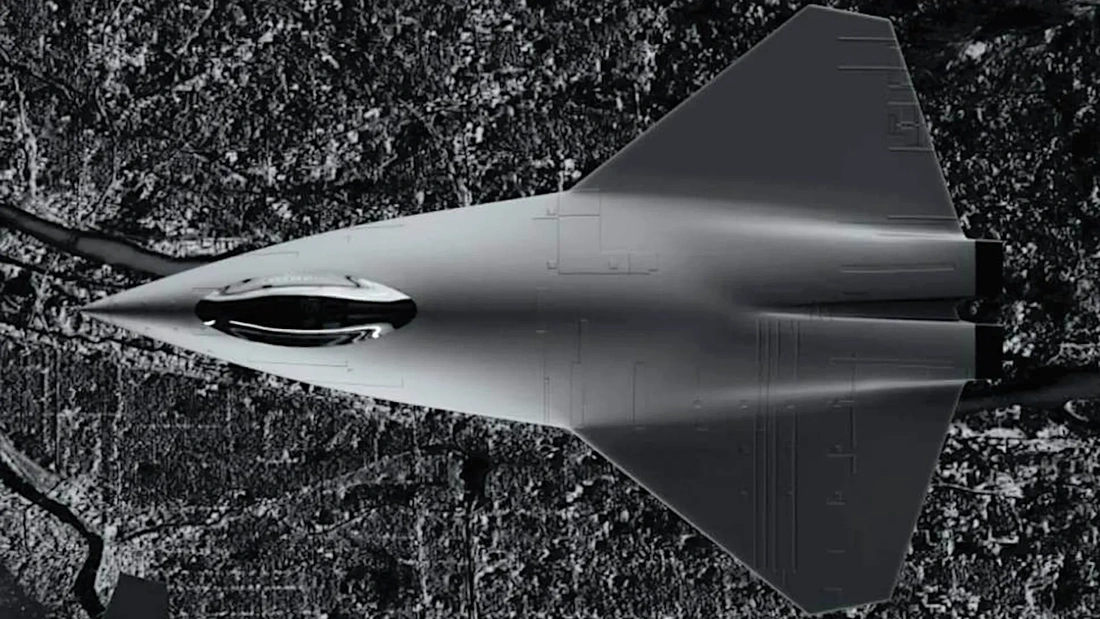

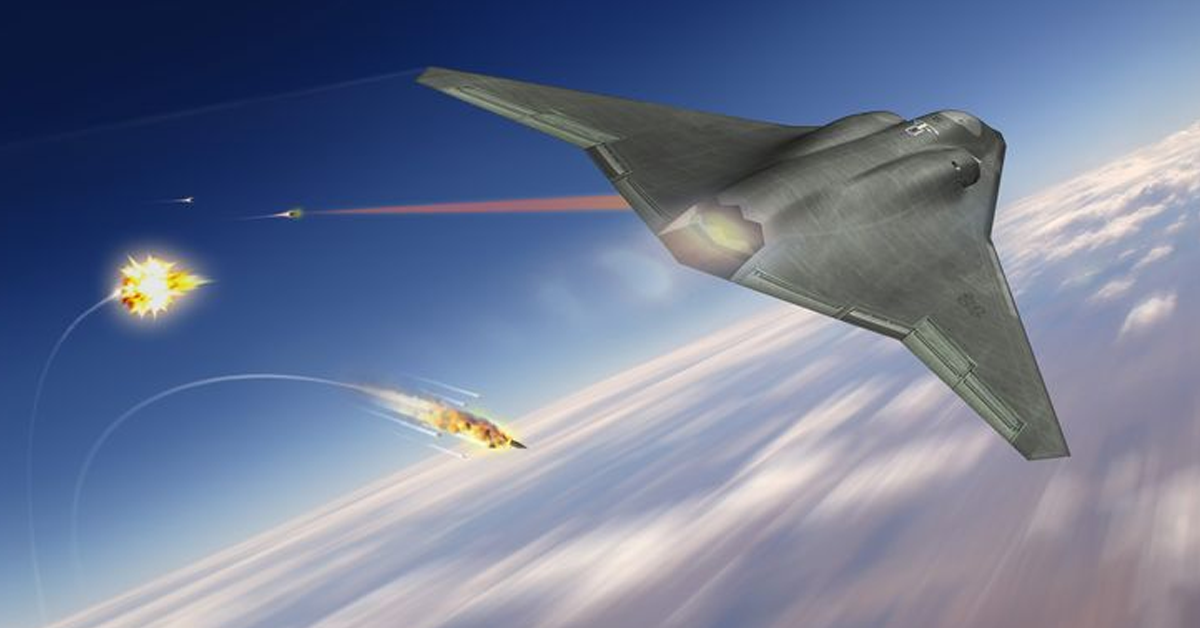
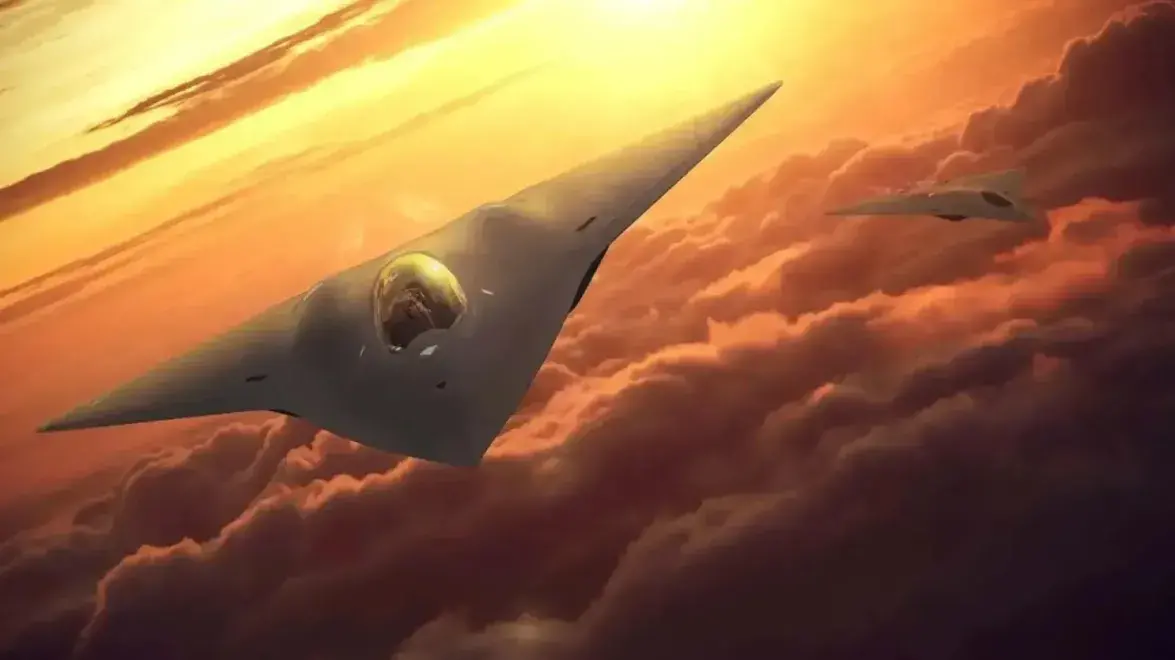
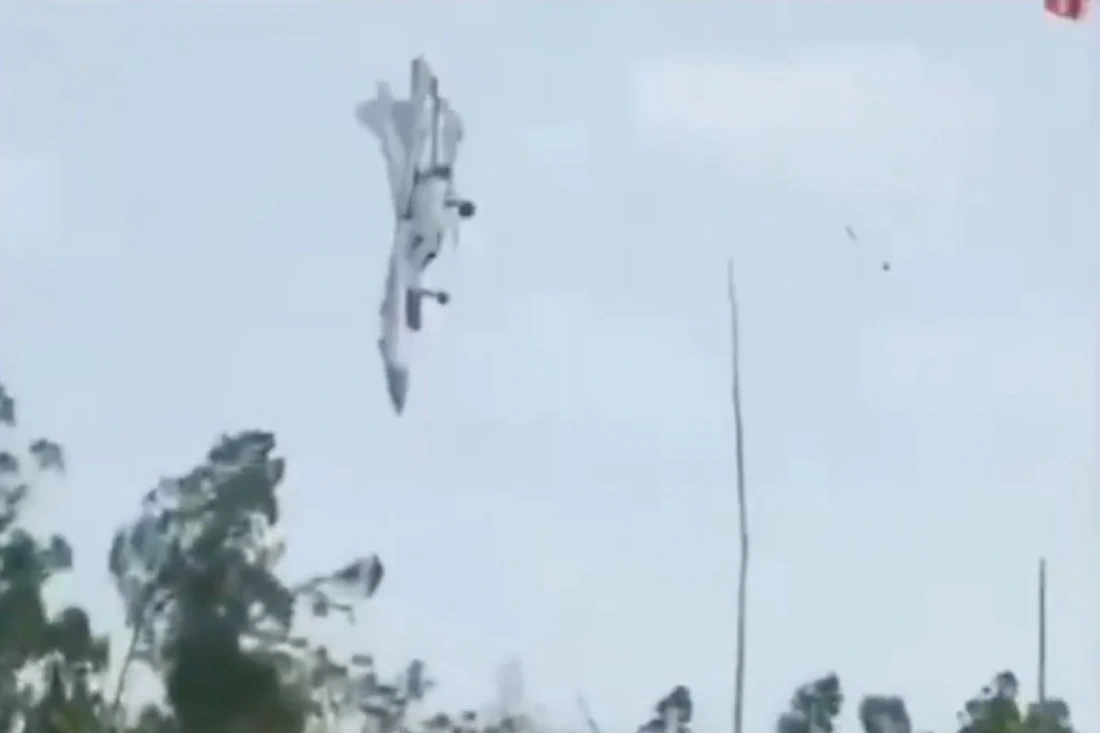
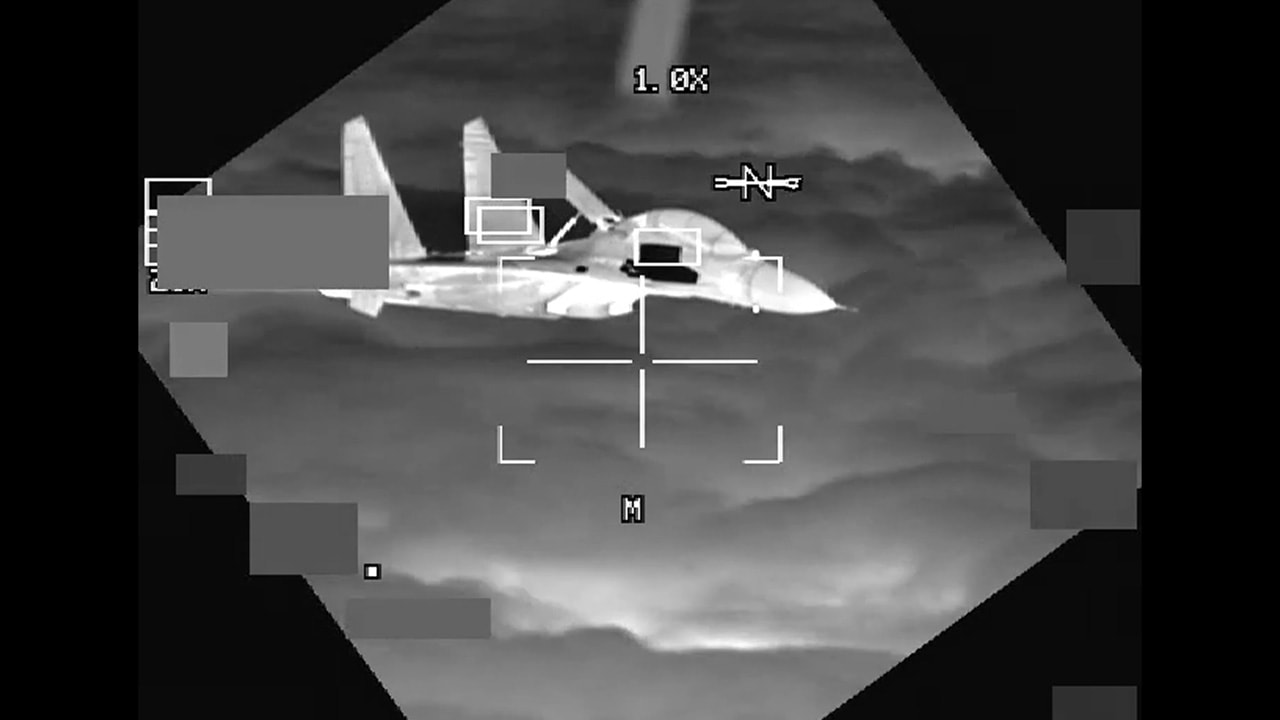
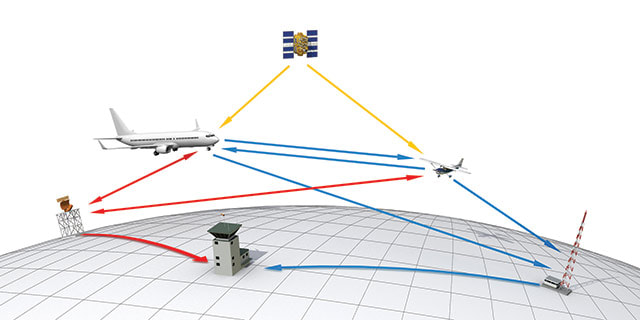
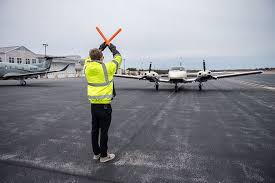
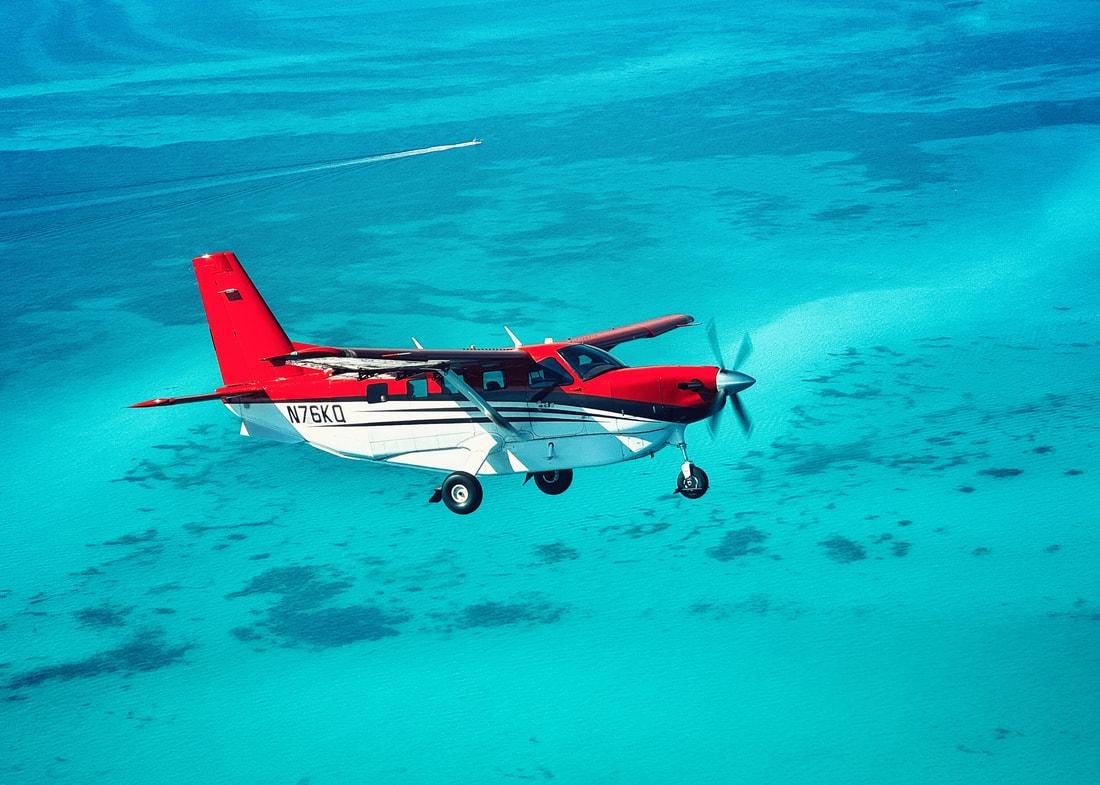
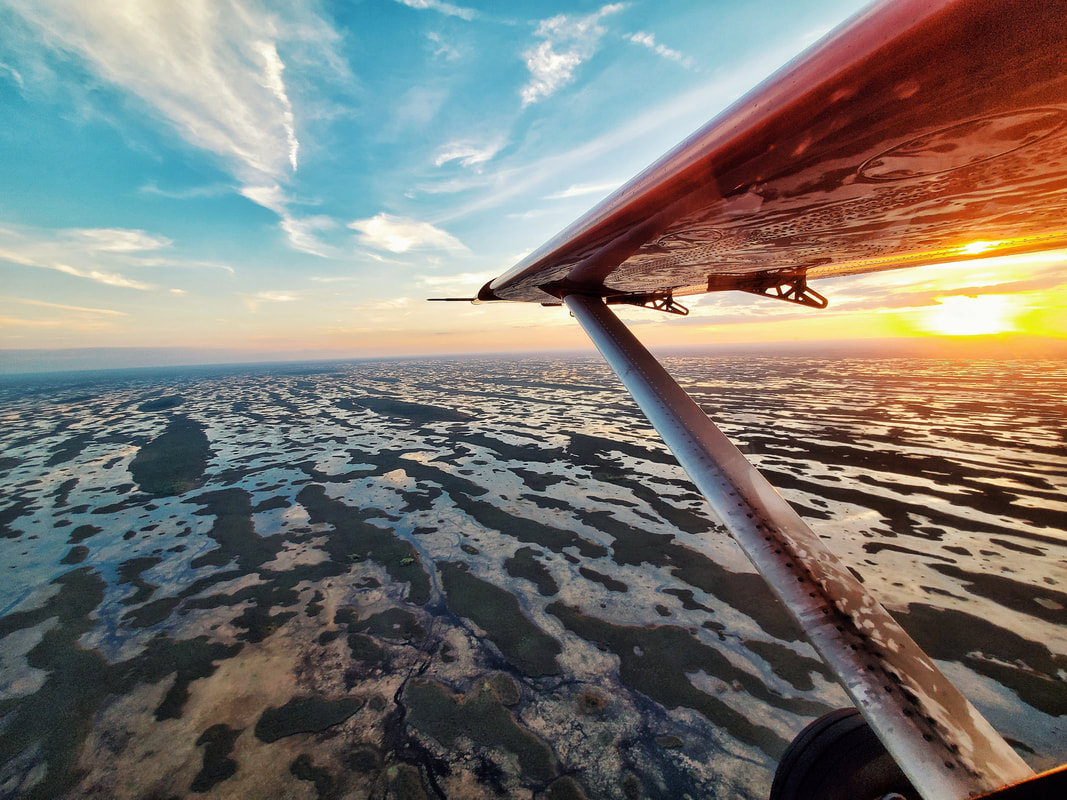

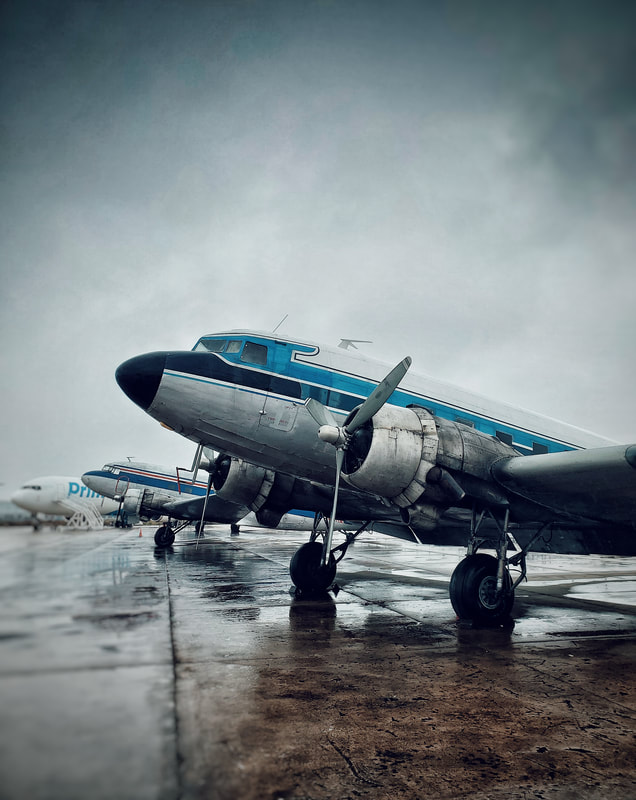

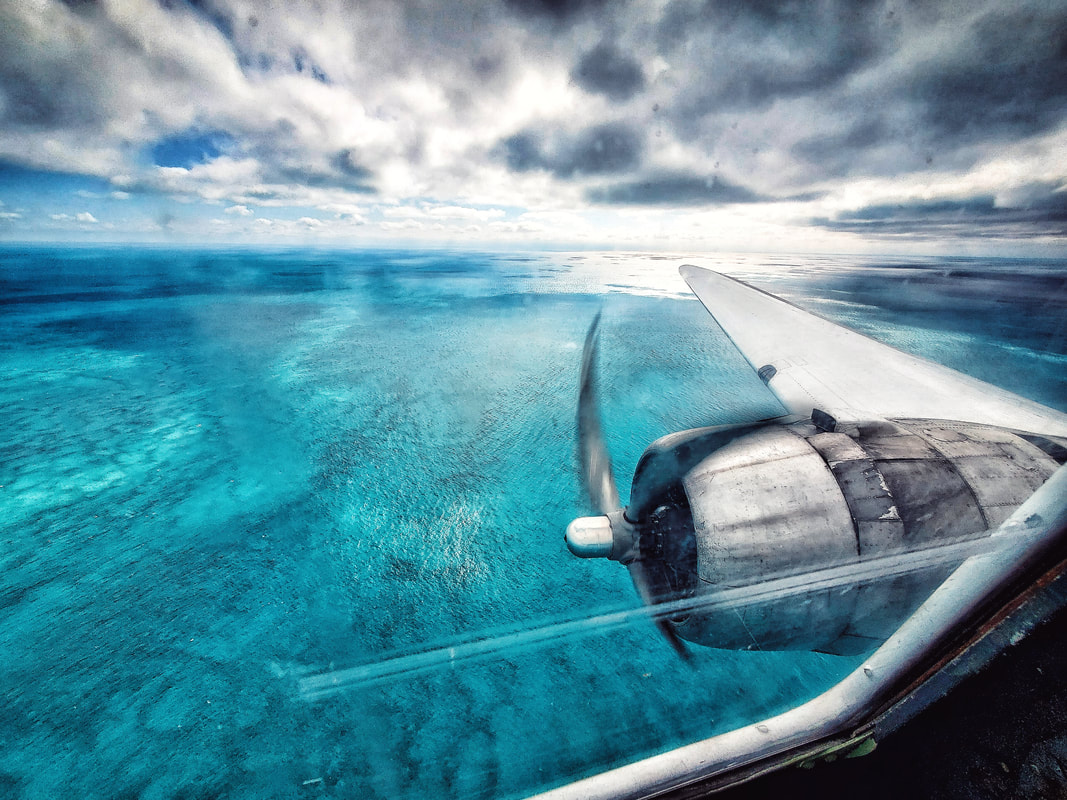
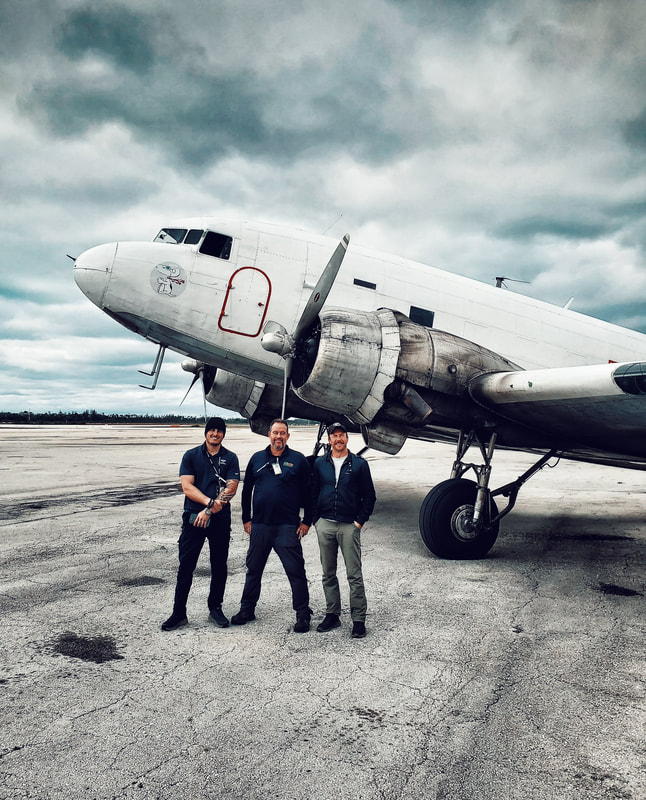
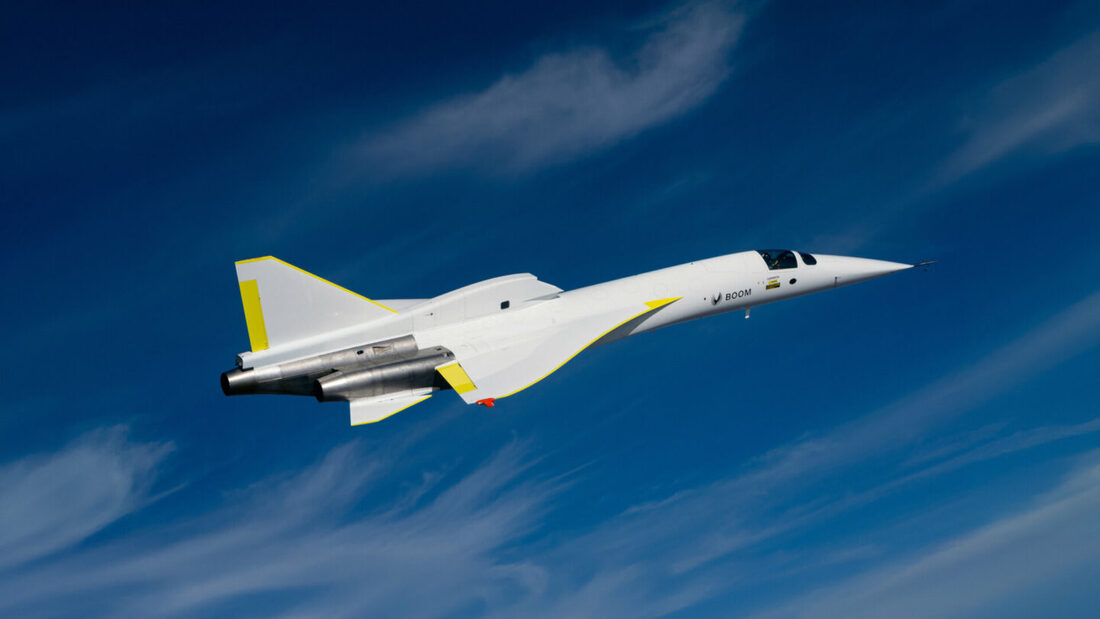
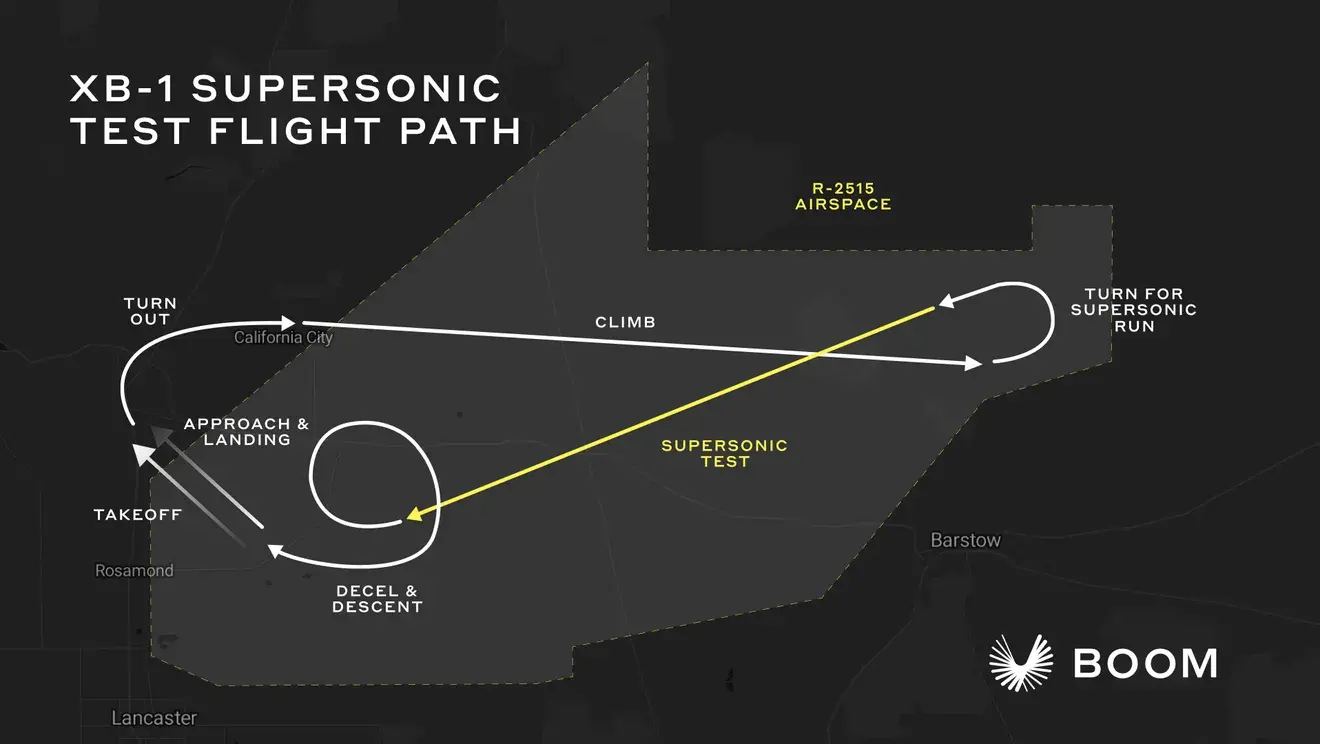
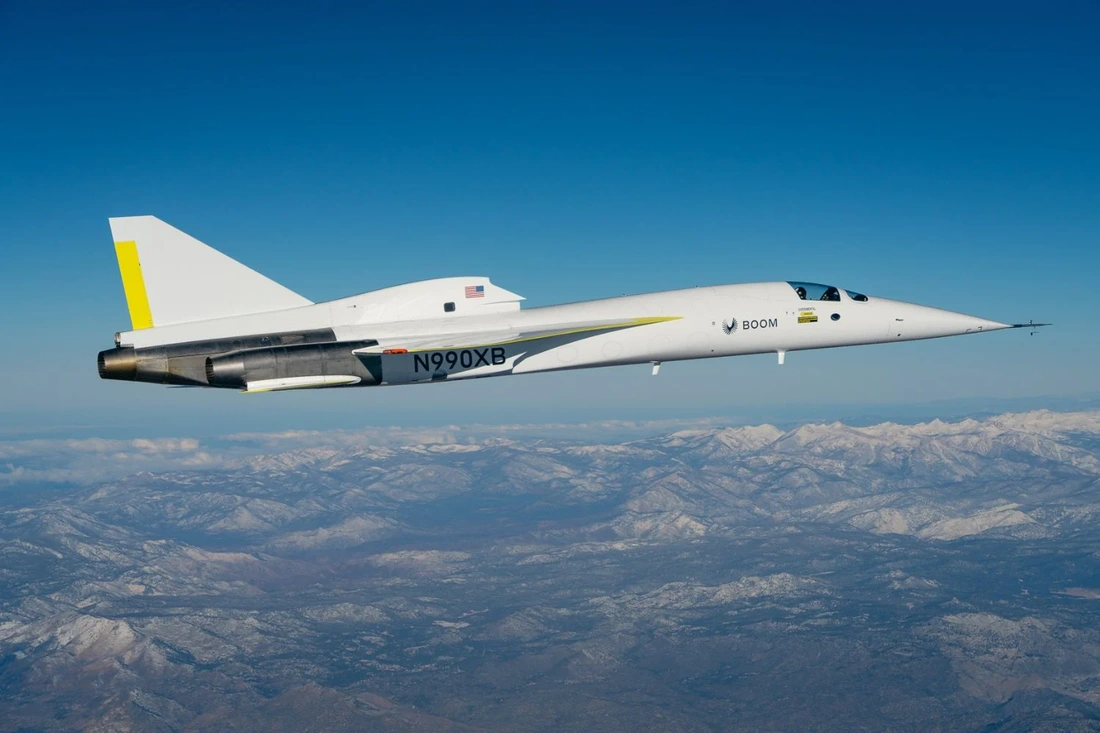
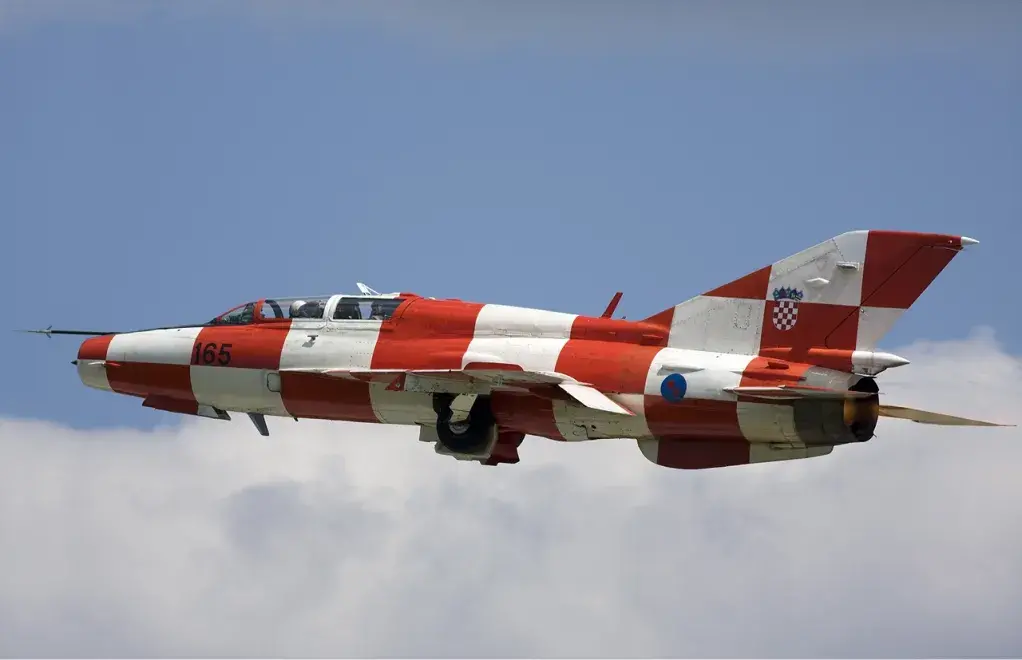
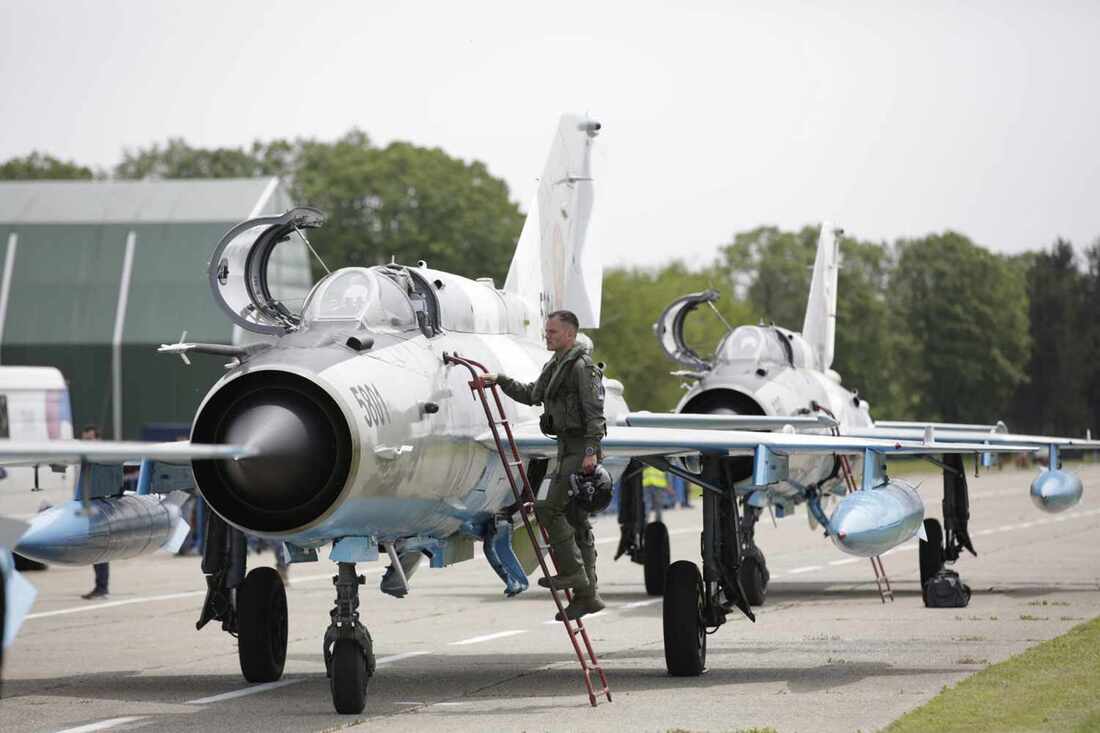
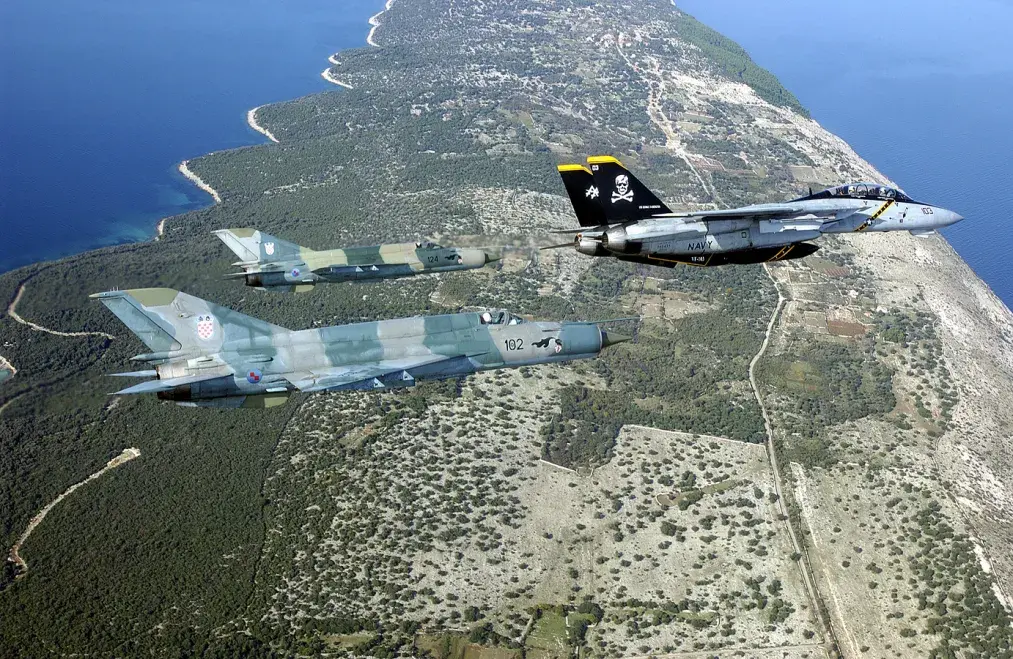
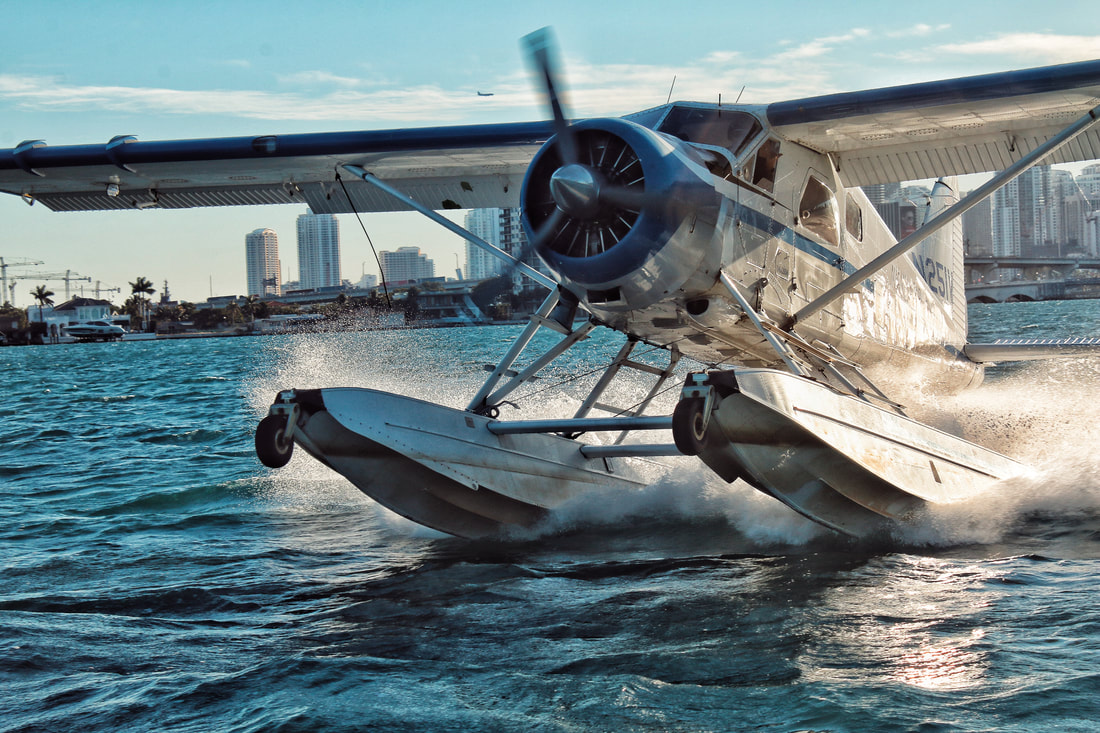



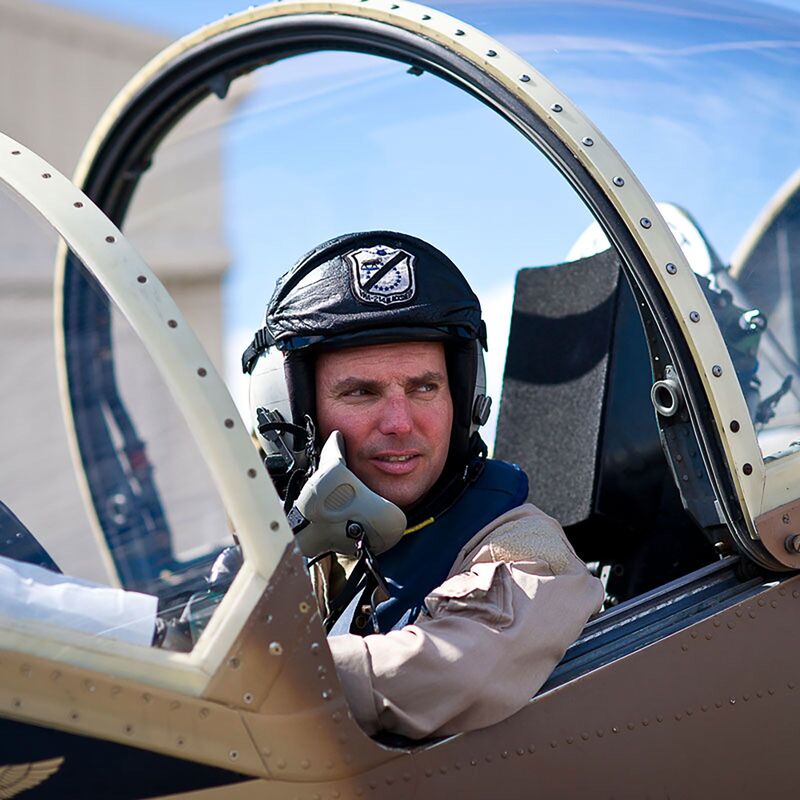


 RSS Feed
RSS Feed